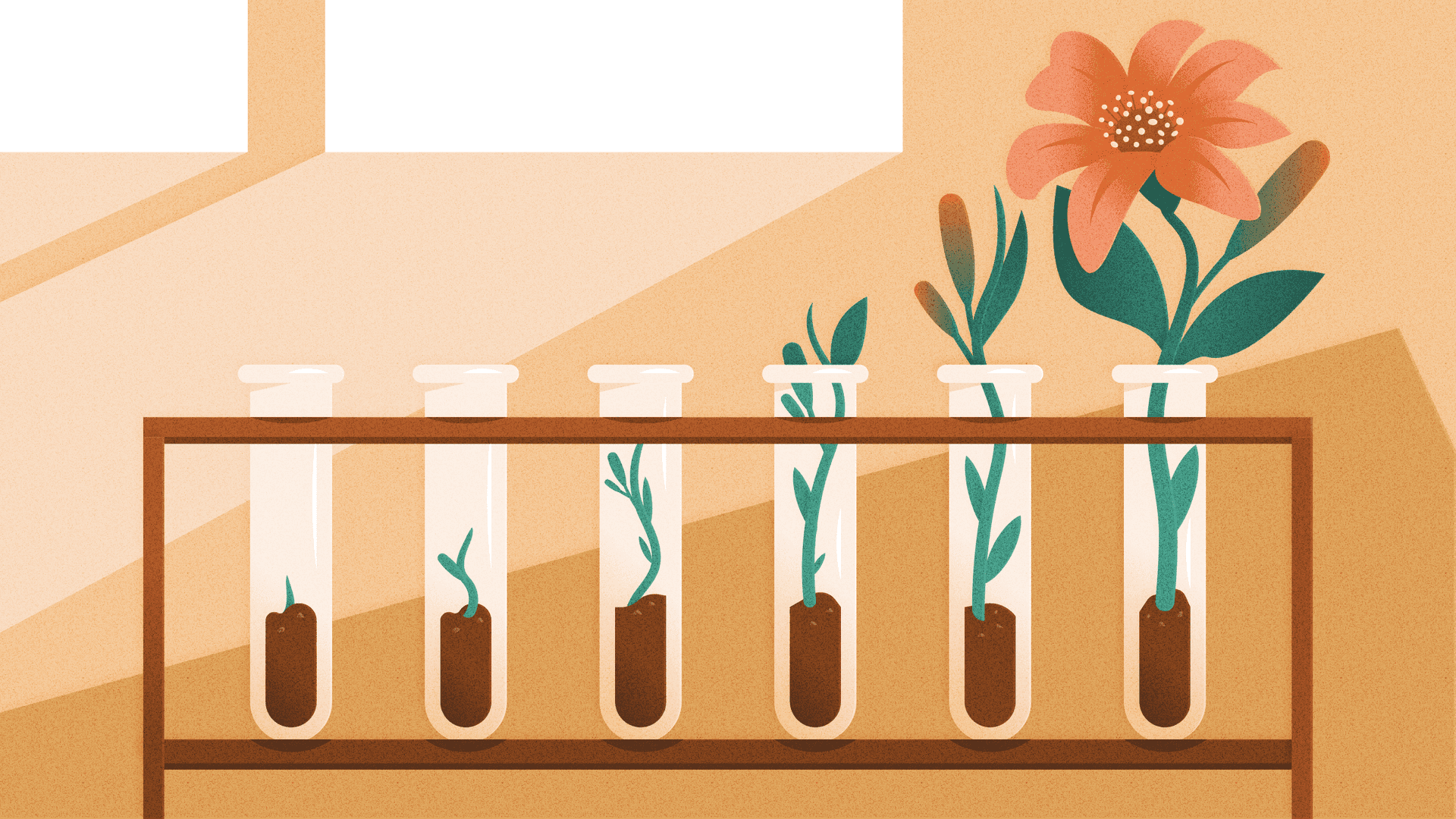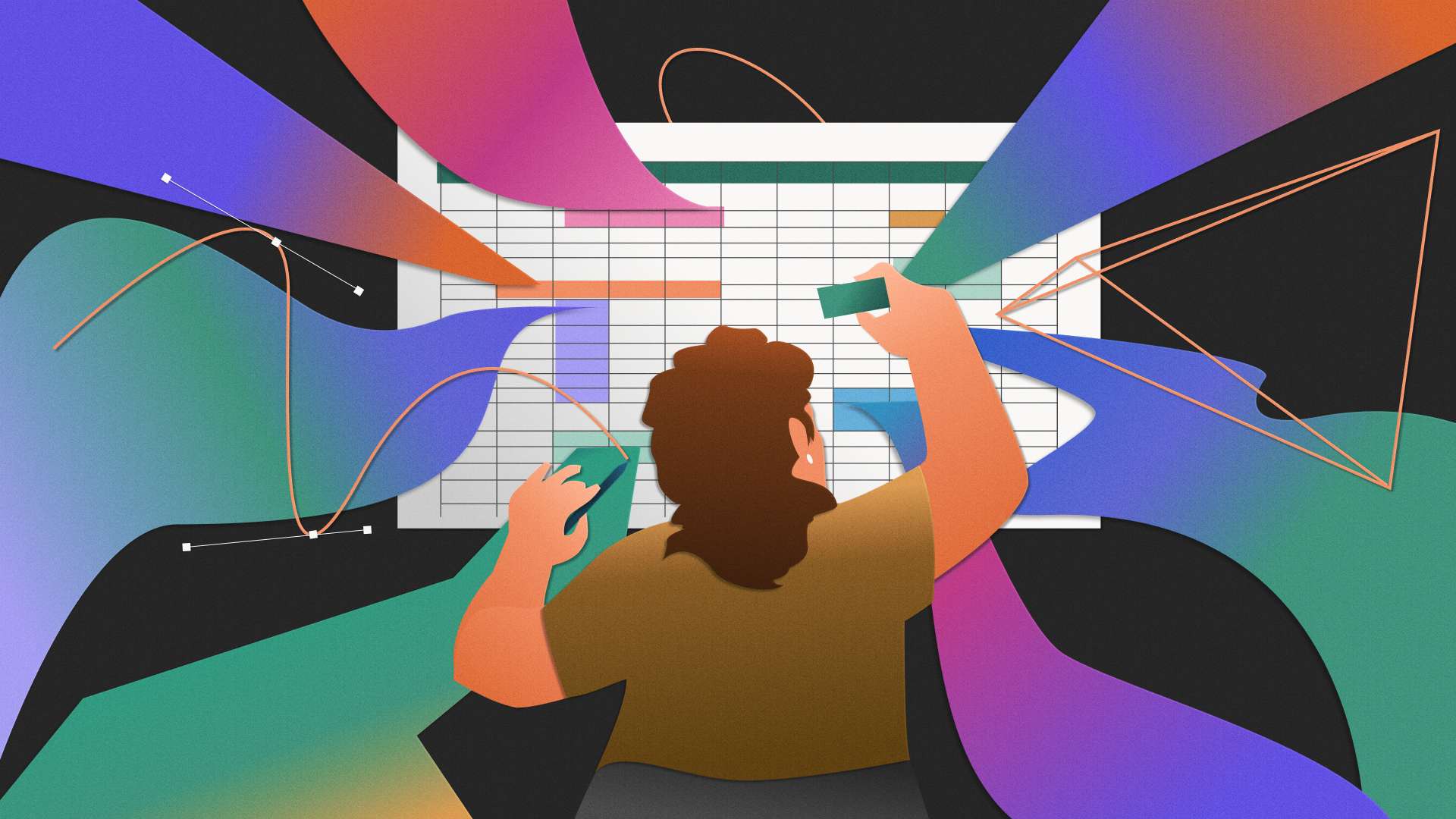If you’re a UX professional, you probably rely on research to understand more about who users are and what products they really need. Without it, your company and teams risk investing in expensive efforts that may not increase engagement, deepen spend, or drive value.
At Indeed, UX research helps us uncover and codify insights about job seekers, employers, and talent-attraction professionals. Our UX researchers are behind important innovations like making application status transparent for job seekers, nudging employers to post key details like salary and shift information, and creating an option for job seekers to book interviews directly when they meet employers’ role criteria. Research helps us understand our users’ most urgent needs and build the tools that attract 250 million unique visitors to Indeed every month—more than any other job site in the world.
But our UX journey has relatively recent beginnings. Founded in 2004, Indeed came to a turning point in 2016. To better compete with top-tier tech companies, leadership began making big investments in UX, including research. And hiring researchers meant learning new qualitative data to complement the product analytics Indeedians already lived and breathed.
What key moments kickstarted the research team’s impact and growth? I spoke with Dave Yeats to learn more. Now director of UX research for our Job Seeker team, Dave joined as research lead in 2016 when the entire UX team consisted of about 20 people across the company. He helped build the research discipline alongside Annie Jarvis and Anna Rowe, and now over 100 UX researchers collaborate within Indeed’s collected UX organization of over 400.
What was the state of UX when you arrived at Indeed?
When I first started, the company had begun making some key investments in UX. A small group of designers and one researcher were here when I arrived, and leadership was searching for a VP of UX. Indeed was successful, but behind in UX maturity. By 2016, the company had reached a turning point. We knew we needed to invest in UX to bring the site up to modern standards, focus on the experience, and develop something that’s delightful for people to use. Even for a utility like Indeed, design was seen as critical to the future success of the company.
A couple early hires knew the power of research: Annie Jarvis and Anna Rowe. Annie is now VP of Product for the Job Seeker business unit. Anna was the second research hire and has since become the VP of UX and Research for the Small and Medium Business unit. I’ve heard Annie say “UX research is the heart of UX,” which I love. A deep understanding of who your users are—what their goals are, what problems they face, what needs they have—all of that is critical to making a great user experience. You can follow best practices and copy what other sites are doing, but until you deeply immerse yourself into what your users need, you can’t deliver an excellent experience.
UX leadership understood that from the beginning, but product management and engineering needed more proof of the value of UX research—at least at first.
How were you able to prove the value of UX research early on?
We started out scrappy and small to establish credibility and demonstrate that research wouldn’t slow down teams. We began with evaluative studies where we had users walk through representative tasks both in their current systems and in proposed designs. Anna focused on establishing a regular cadence of getting new designs in front of users and “show me” sessions as a way to get the cross-functional stakeholders in product and design to start craving user feedback.
After that, we encouraged researchers to create durable insights. What are the users’ mental models—the preconceived ideas that they bring to the task? What are their main pain points? What problems do job seekers have finding jobs, and what problems do employers have finding candidates that are universal and persistent? The team would sneak generative research into evaluative research. A task-based usability study would often start with an in-depth interview to build deeper knowledge.
One example of durable insight comes from Carmen Broomes, a researcher who’s no longer at Indeed. She published results on what small and medium businesses face when recruiting based on hundreds of interviews. As we matured, the research team moved away from ephemeral findings and shifted toward truly durable, foundational insights upon which teams can build future roadmaps.
What milestones were important to advancing the impact of UX research?
Our research archive. Every time a researcher publishes a report, they write an article for our blog. A summary email goes to 6,500 Indeed employees every week, often with over 20 new studies from all over the company. I once saw a Slack message from a Product Manager that said, “If you ever want to know the most important things that we’re working on across the entire company, look at the research blog. Those are the things that show where Indeed is going.” It was really gratifying for me to hear that product managers were closely following our work.
Capturing the attention of senior leadership has been integral from the beginning. Early on, I was able to get time with our CEO. He let me explain my vision for UX research. After hearing my pitch, he said, “I hear about companies that bring in users every Friday so anyone can ask a question, and they only have to wait a week at the most.” My response was that UX research has to be better than that. Our researchers have to anticipate where teams are going and work ahead so each team has the data and insights they need without having to wait for a completed research study. We do that by deeply embedding with our product, engineering, and design partners and understanding their goals. We work alongside them so we know where they’re headed. Only then can we plan necessary studies far enough in advance to provide the right insights as soon as they’re needed.
How do you build a compelling case for resources?
I go in assuming that if you make a good business case, the resources will be available. My first instinct was “what can we put in place so that researchers can allocate more of their time to research?” Participant recruitment was important; it’s easy to find people that are looking for work but much more difficult to find employers or HR professionals to talk to about their hiring practices. We outsourced the participant recruiting immediately by finding recruiting firms instead of doing it ourselves. Once we started spending money, it was easy to justify the creation of in-house research operations to bring down costs as we scaled up our research efforts.
I also advocated for research labs. The hardest thing is getting square footage in a physical space. At Indeed, no team gets their own designated area with a special build-out, all space is shared and flexible. I had to make a business case all the way up the executive chain to our president spelling out how difficult it is for researchers to block out a conference room, set up the tech for recording, and manage disruptions from external participants walking through workspaces.
One great thing about research labs (and I look forward to returning to in-person research), was that leadership could truly understand the value of them after they were built. Once leaders were able to see teams sitting behind the glass, talking about what the user is doing and how to make it better for that person, it was simple to leverage the lab in Austin to justify building more labs in tech offices in Seattle, San Francisco, and Tokyo. Once we established the benefits of labs, it became a common build-out for any office with a tech-research presence.
How do you attract talent when the UX research team is still developing?
Initially, Indeed wasn’t well known in the research community because UX research wasn’t yet an established function. We attracted several kinds of people. Some were interested in building out the research function and community. Others were interested in a company with a data-driven culture, where data—both quantitative and qualitative—shaped how decisions were made.
We said, “Come work here. We are in a hyper-growth mode. There’s going to be lots of opportunities for advancement, including building your own team and leadership opportunities.” For some of our first hires, it was a leap of faith.
In those early days, we weren’t getting people looking to continue on at a mature company. We’re getting those folks now, but back then Indeed attracted people that were into taking a risk on a company that hadn’t yet proved itself yet in UX research.
–
Indeed’s mission is to help people get jobs. Check out the UX research opportunities at indeed.jobs if you’re interested in joining our team.
–
What is the state of the UX research team at Indeed today?
We’re over 100 employees in the research discipline, including qualitative and quantitative researchers, behavioral scientists, managers, directors, and research operations specialists. Coordinators handle a lot of our recruiting, operational, and administrative tasks for the research team.
It’s a hot market right now for research, as anybody who’s trying to hire knows. I like to play to people’s strengths and put them where those strengths are an asset. We want researchers to be deeply embedded in their teams, working as partners with cross-functional peers. There’s real value to letting people on a team establish those relationships and working patterns.
There are also opportunities for researchers on different teams, with different stakeholders, different products, and different maturity levels. I value the ability to give researchers opportunities to move around within Indeed and find the right fit or just get a chance to work on a different part of the business. Internal mobility is important so people don’t feel stuck or burned out. A fresh perspective can be mutually beneficial for the UX researcher and the company.
What advice would you give to someone establishing a UX research function at their company?
If you’re focused on delivering a deep understanding of users to everyone at the organization and offering a crystal-clear look into what it’s like to be a customer, delivering high-quality insights will automatically give you the credibility to expand your influence.
Half of research is getting the studies done, picking the right research methods, and making sure that the work produces quality, actionable insights. The other half is helping the company make good, user-centric decisions. Quality work and influence get noticed, and organizations will reinvest in that.
What’s next for UX research at Indeed?
The UX research teams at Indeed are growing fast. The immediate future will be largely about hiring more researchers to meet the demand from our stakeholders. I’m excited to see efforts to bring more junior researchers and folks looking to break into the industry through a program we’re calling Rapid Research. I also see some great work in our Small and Medium Business unit, which has an entire research team focused on supporting strategic initiatives. On my team, we’re working on an initiative to reduce defects in our core end-to-end flows called Critical User Journeys. Everywhere I look at Indeed, I see the influence of UX research on the direction of the company. Indeed is a great place to be. The future looks bright.





